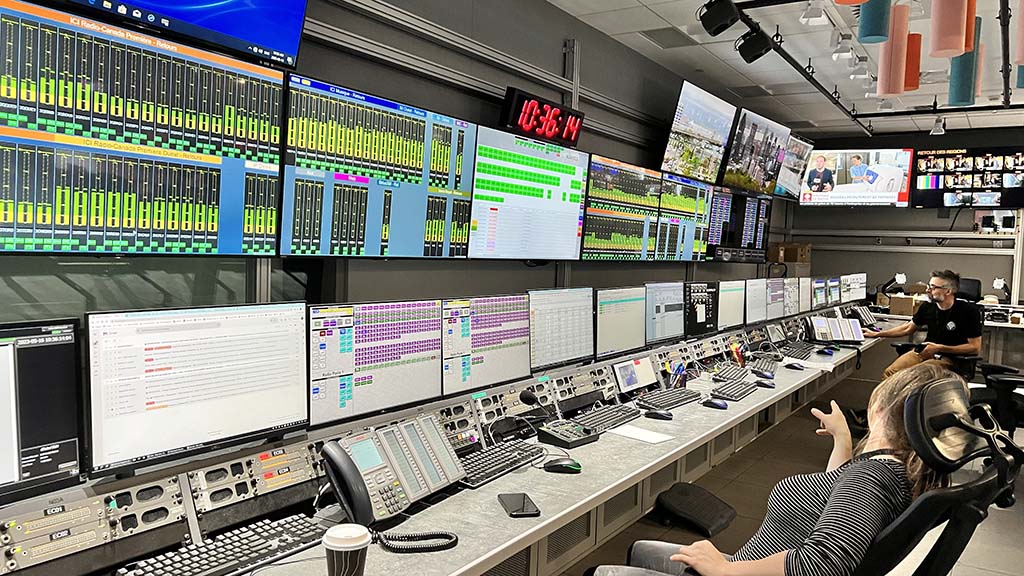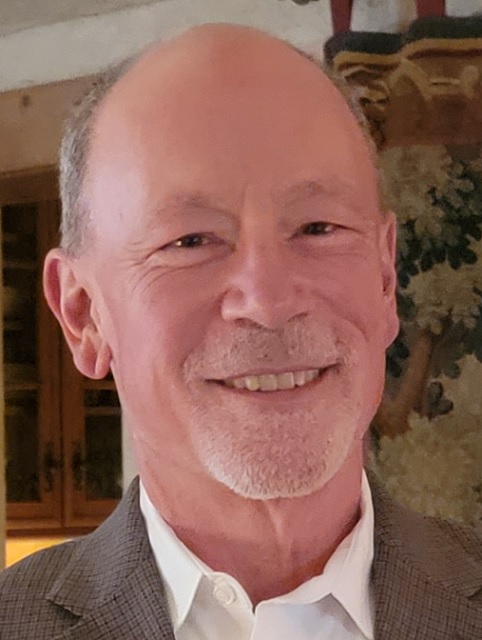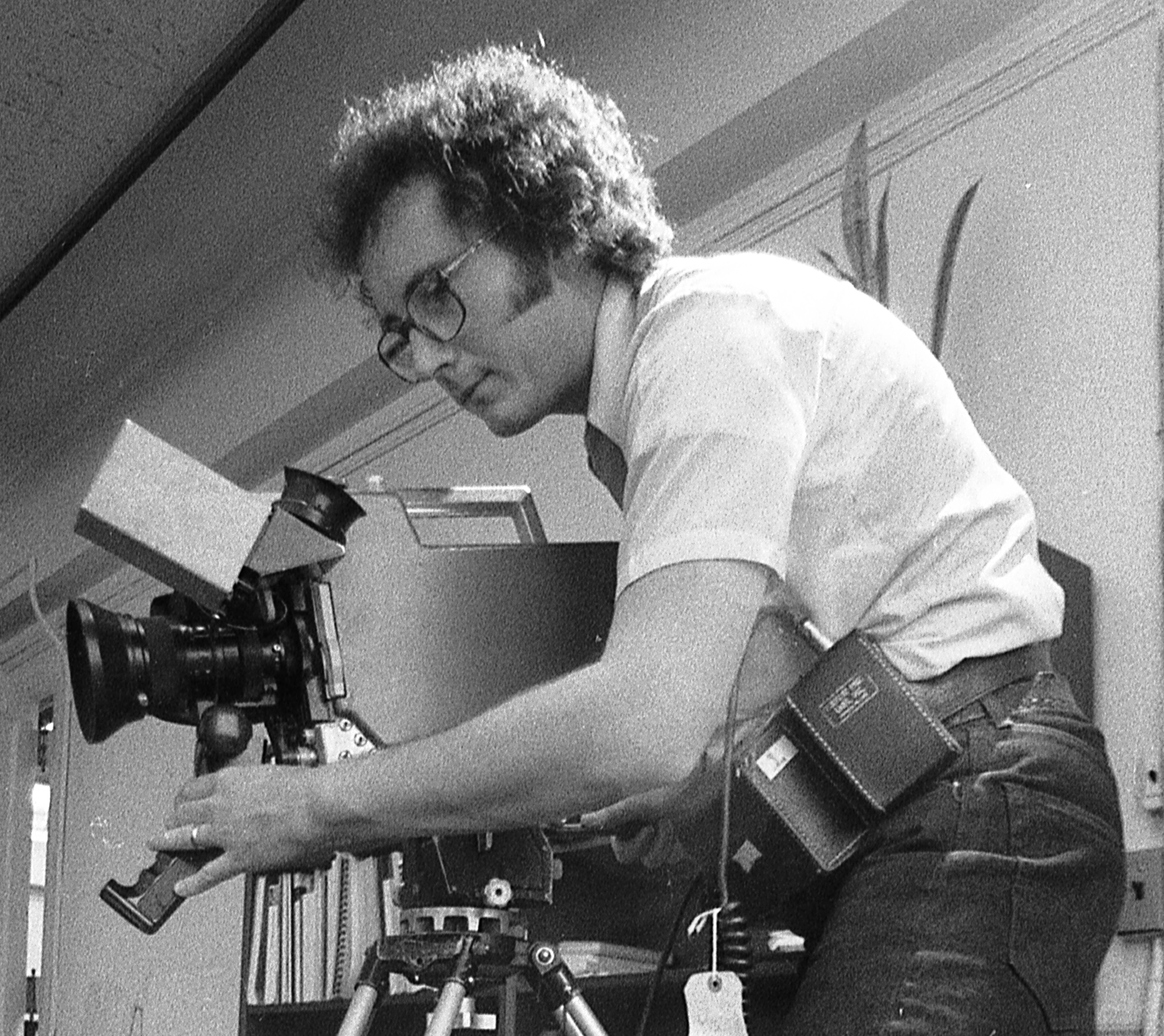
TORONTO—CBC/Radio-Canada can now stream up to 80 events at the same time with two instances of the Lawo HOME mc2 DSP app.
The solution enables CBC/Radio-Canada to instantiate processing channels for sports and entertainment events, press conferences and simulcasts, the company said.
The primary use case for audio shuffling is to correct nonstandardized audio sources from live-event venues to prepare them for airing on digital outlets, such as its O&Os, Gem, CBC.ca or third-party services like YouTube and FAST channel programming. Frequently, the solution is used for university sports, government news conferences or Olympic events, Lawo said.
Many media sources arrive with nonstandardized audio streams that require digital streaming operators to use an audio shuffler function to manipulate the audio prior to streaming. For example, audio on channels 3 and 4 is remapped to channels 1 and 2; the gain of soft audio is increased; off-tube commentary is added to the stadium sound; and 5.1 sources are downmixed to 2.0 channels. The goal is to achieve a standardized 2.0 audio stream for live events streamed to the web using downstream AWS Elemental encoders, it said.
CBC/Radio-Canada said it was looking for a flexible SMPTE ST 2110-based solution to replace legacy, single-purpose hardware. It also sought to introduce the ability to scale up and down the number of audio streams that can be processed simultaneously beyond the limitations of previously used hardware devices, it said.
“Today, one app offering as many shuffling instances as we need can be controlled using VSM to provide us with the required agility,” said Jaime Thomas, supervising technician of digital presentation at CBC/Radio-Canada.
Lawo’s HOME mc² DSP stood out among proposed solutions as the most elegant and compact solution for the broadcaster’s envisaged audio workflow, Lawo said.
The professional video industry's #1 source for news, trends and product and tech information. Sign up below.
The HOME mc² DSP app’s CoMixer function allows the team to instantiate the desired number of audio shufflers. For its streaming and linear channels, CBC/Radio-Canada requested 80 shuffling instances, each offering 22 audio input channels and 18 audio output channels, it said.
The solution relies on scripts for XCS mixing cores and mapping files for the VSM control system, which is used to map, adjust and balance the relevant audio feeds individually for each streaming event. Two VSM panels have been created, each displaying up to 40 mixes, it said.
In use the system modifies nonstandard audio content, which can include operations such as audio channel remapping, gain adjustment, downmix and mono summing. Standardized signals are then routed to the six-channel (5.1) and stereo busses. Each CoMixer shuffling instance provides DSP functionality for level changes and other tweaks. The resulting stereo stream is passed on for use downstream, Lawo said.
Each HOME mc² DSP app configured by CBC/Radio-Canada provides 40 shuffling mixers, so that two HOME mc² DSP app instances allow the broadcaster to accommodate up to 80 streaming events. Although up to three HOME mc² DSP instances can comfortably run on one 64-core CPU server, the broadcaster chose to host its two HOME mc² DSP instances on separate servers, which enables a HOME mc² DSP instance to migrate to the other server in the event of a problem, thereby providing seamless redundant operation, it said.
“We like the economy and dynamic scalability of the HOME mc² DSP app,” said Frédéric Dorion, project lead, Capital Project Management Governance and Engineering at CBC/Radio-Canada. “With just two app instances and the built-in shuffling functionality, we are able to cover as many streaming events as we need with convenient VSM panel control.”
Phil Kurz is a contributing editor to TV Tech. He has written about TV and video technology for more than 30 years and served as editor of three leading industry magazines. He earned a Bachelor of Journalism and a Master’s Degree in Journalism from the University of Missouri-Columbia School of Journalism.

